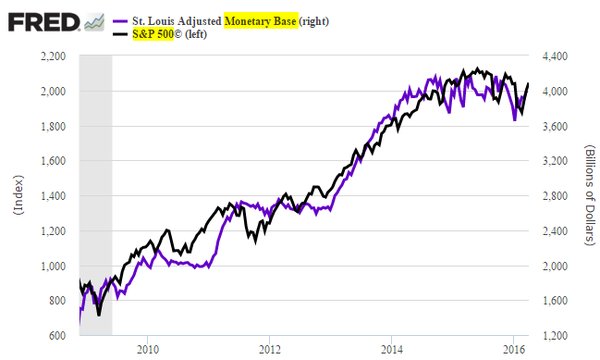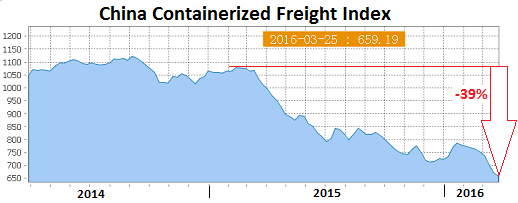

It is ironic that it is also the same conditions setting up today as was the case in 1927. The Fed back then lowered US rates to try to deflect the capital inflows to help bailout Europe. The markets eventually backfired and capital shifted pouring into the USA doubling the US share market despite doubling interest rates to try to prevent the crisis they helped to create. This all led to the 1931 Sovereign Debt Crisis and those economic declines resulted in political chaos. In 1933 FDR came to power. But so did Hitler and Mao. That was all made possible because of the collapse in government debt. We are in the very same position today and the Fed is surrendering domestic policy objective for international concerns.

What is astonishing is just how brainwashed society has become. They cheer lower interest rates as if this will eventually work to stimulate the economy and markets. Interest rates decline with economic declines and rise with economic booms. The analysis on TV is just ass-backwards. When a stock is doing well, the price rises because there is a bidding war. Mr. Larry Summers, the father of negative interest rates, admits he cannot forecast anything. Yet he advocates manipulation without any understanding the consequence of his theories in pure stupidity and remains clueless as to history or how markets even move. We can see that the Fed raised rates from 3.5% in 1927 up to 6% in 1929 and the stock market doubled on capital inflows. The Fed cannot lower US rates to prevent a crisis in Europe or to reverse the Chinese economy no less bring a bid back to commodities when the economy is not expanding. As the stock market rises, Congress will criticize the Fed for making the rich richer, and the Fed will then be forced to return to domestic policy objectives raising rate to try to stop the rally. Yet the rally will begin to take off when the public at large begins to realize government is in trouble. This is part of the 4 elections coming with the Year from Political Hell.
The risks and the reality that the Fed has lost any real ability to manage the economy have become so real, it is slapping people in the face and still they cannot see it. The Fed has little conventional monetary policy ammunition to counteract a downturn at this time. Larry Summers’ negative interest rates are destroying the fabric of the global economy. Far too many pension funds are unfunded and many countries in Europe by law require they be managed conservatively and invest EXCLUSIVELY in government bonds. The risks of total meltdown beginning in 2017 are on the horizon.
Yellen has inherited a complete nightmare. This decision to delay the long-awaited liftoff from a zero interest rate illustrates that the world economy is totally screwed. There is a lot of speculation about why the Fed seems so reluctant to “normalize monetary policy”. However, besides the normal issues such as low inflation, weak wage gains, and strong job growth, the real issue nobody seems to look has been the fact that government are now crack addicts on life-support with negative rates. A hike will increase the Federal deficits of all countries globally. The smart institutional clients coming to our World Economic Conferences have shifted their portfolios selling government debt and moving to blue-chip corporate. Corporate debt is the only alternative to government debt in crisis and emerging market debt other bought thinking they have no risk since it is dollar denominated. When government debt goes bust, you get absolutely nothing and they can change the law at any given moment. They can re-denominate your debt holdings as well as extend the maturity and there is absolutely nothing any bondholder can possible do.



















 Reuters
Reuters
 Shutterstock.com
Shutterstock.com